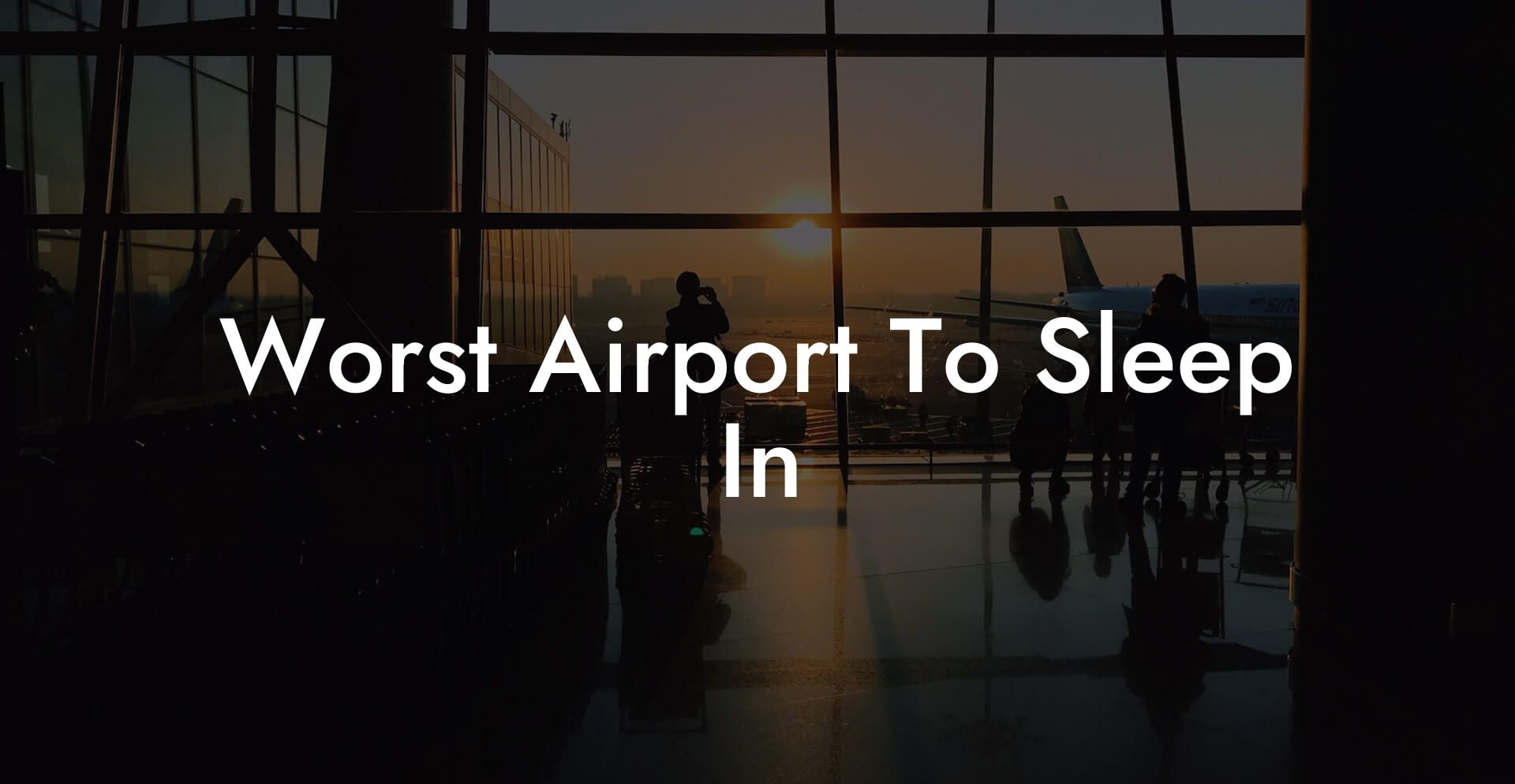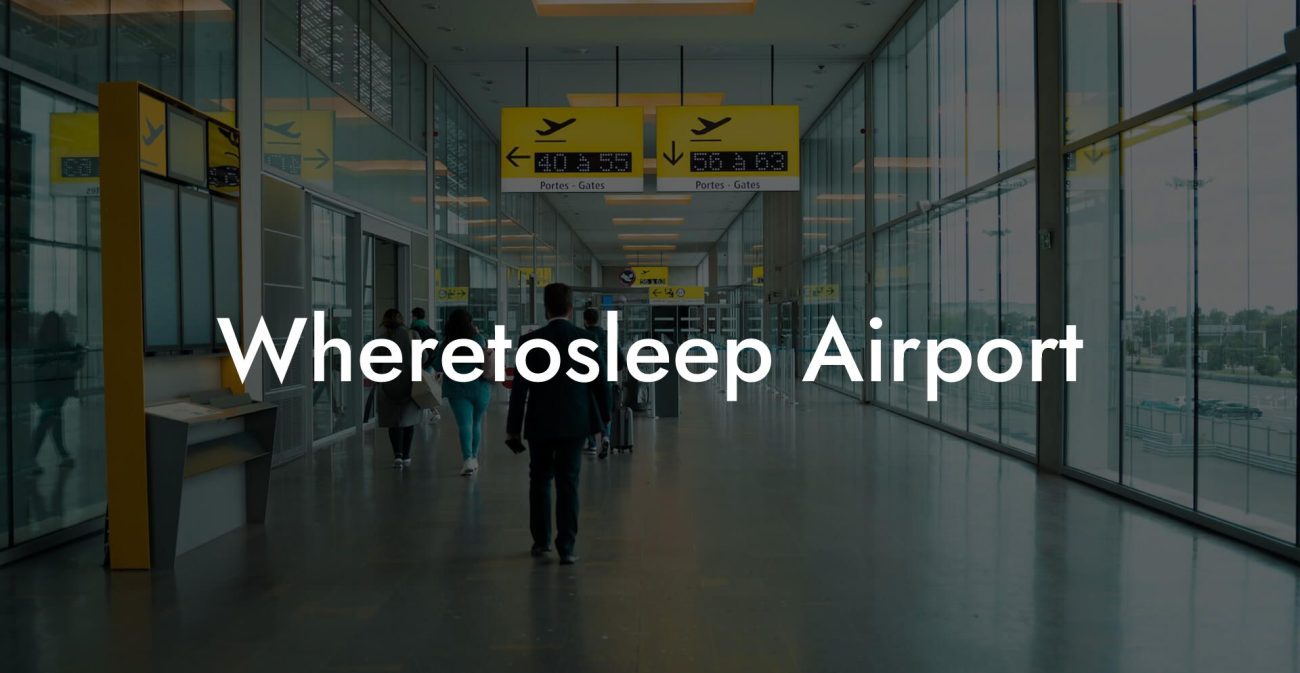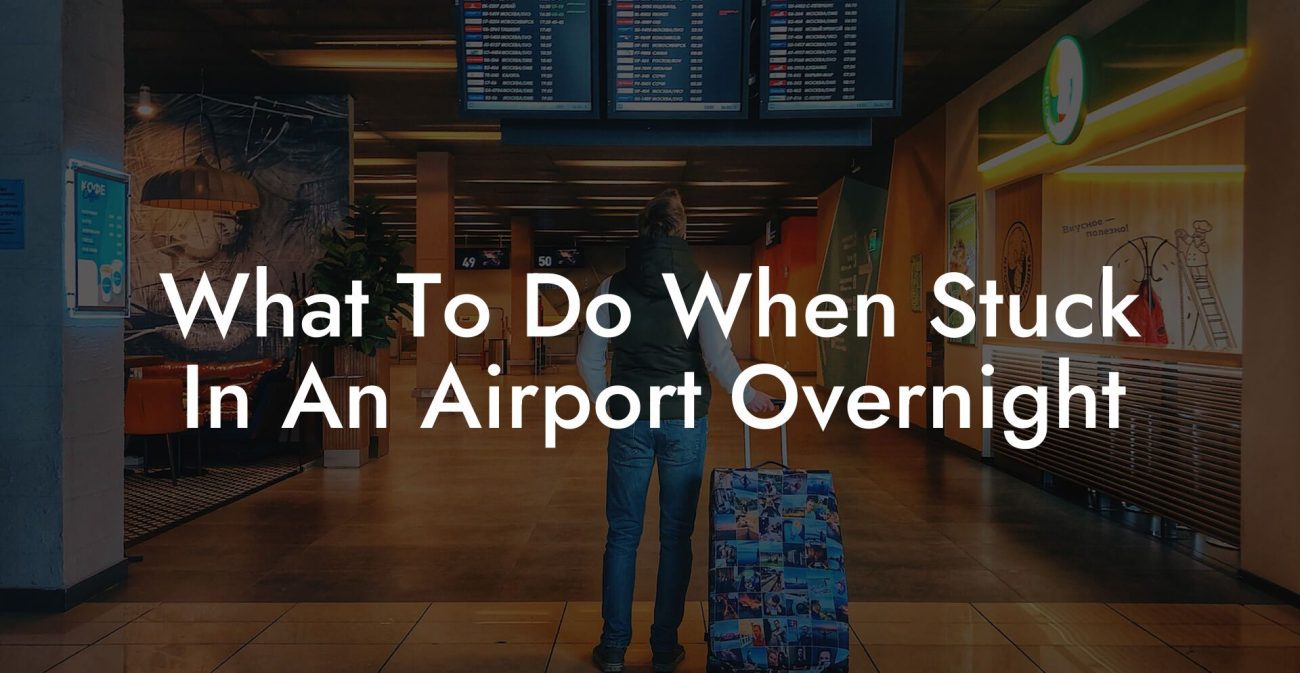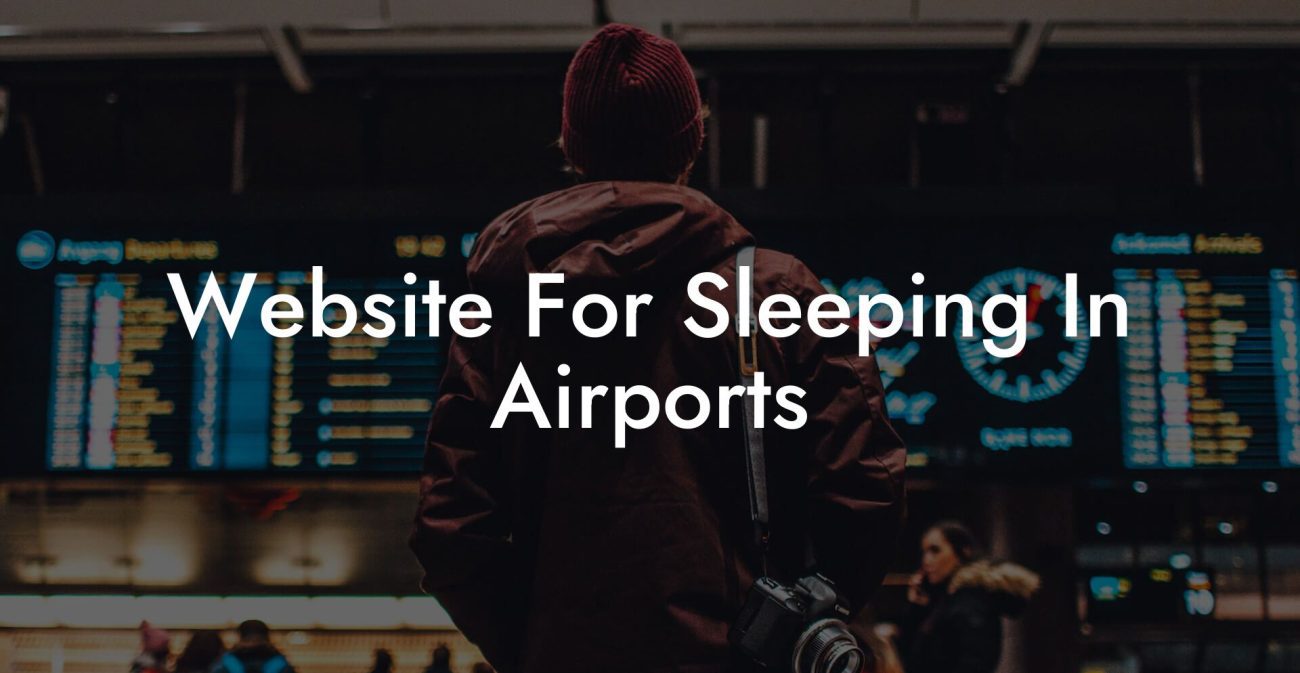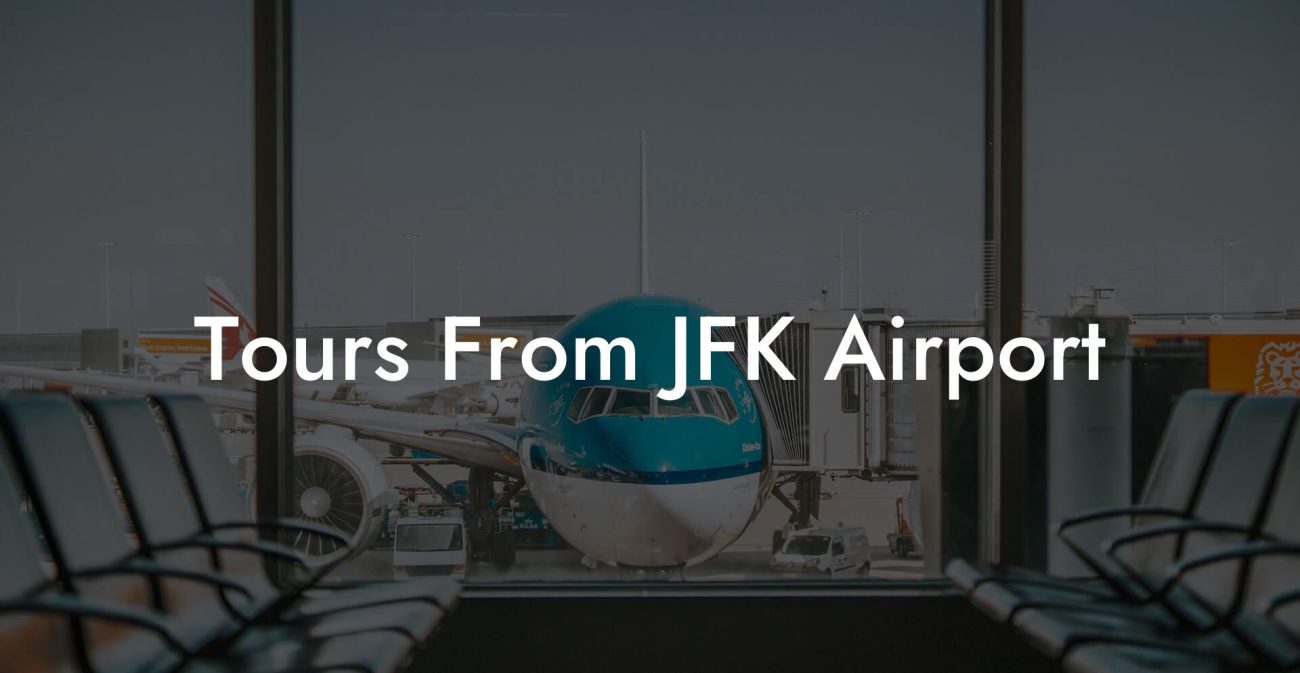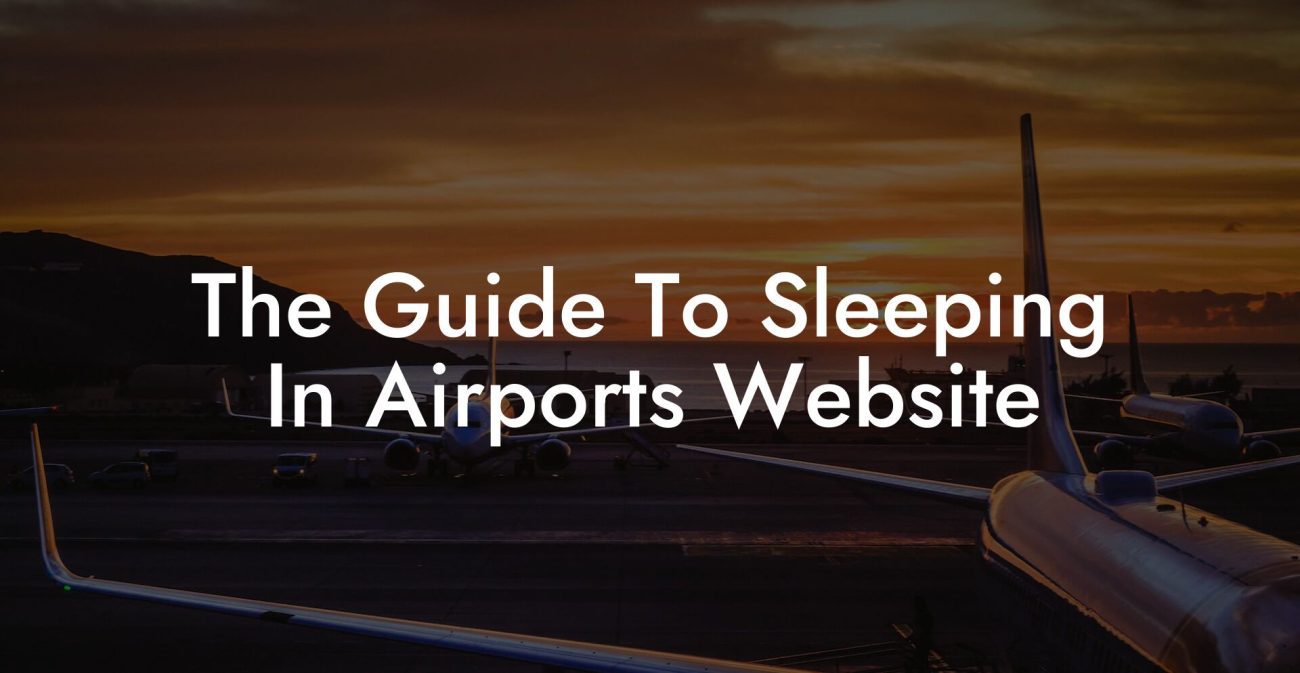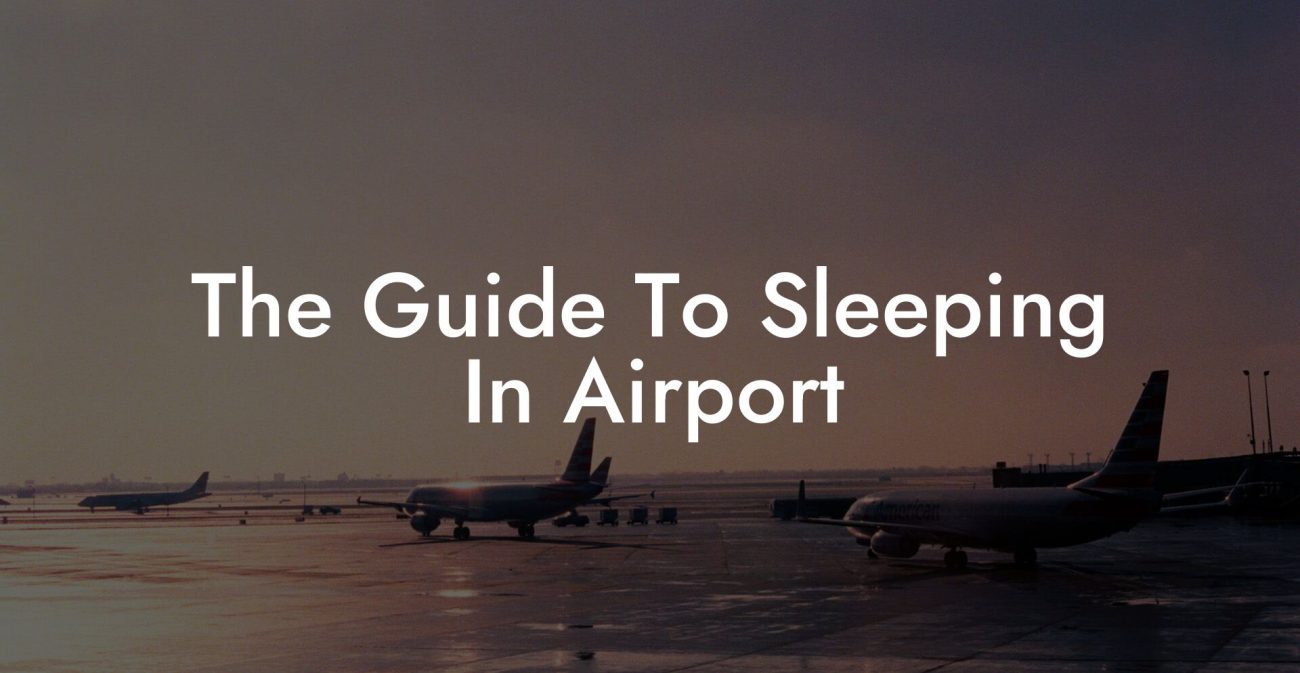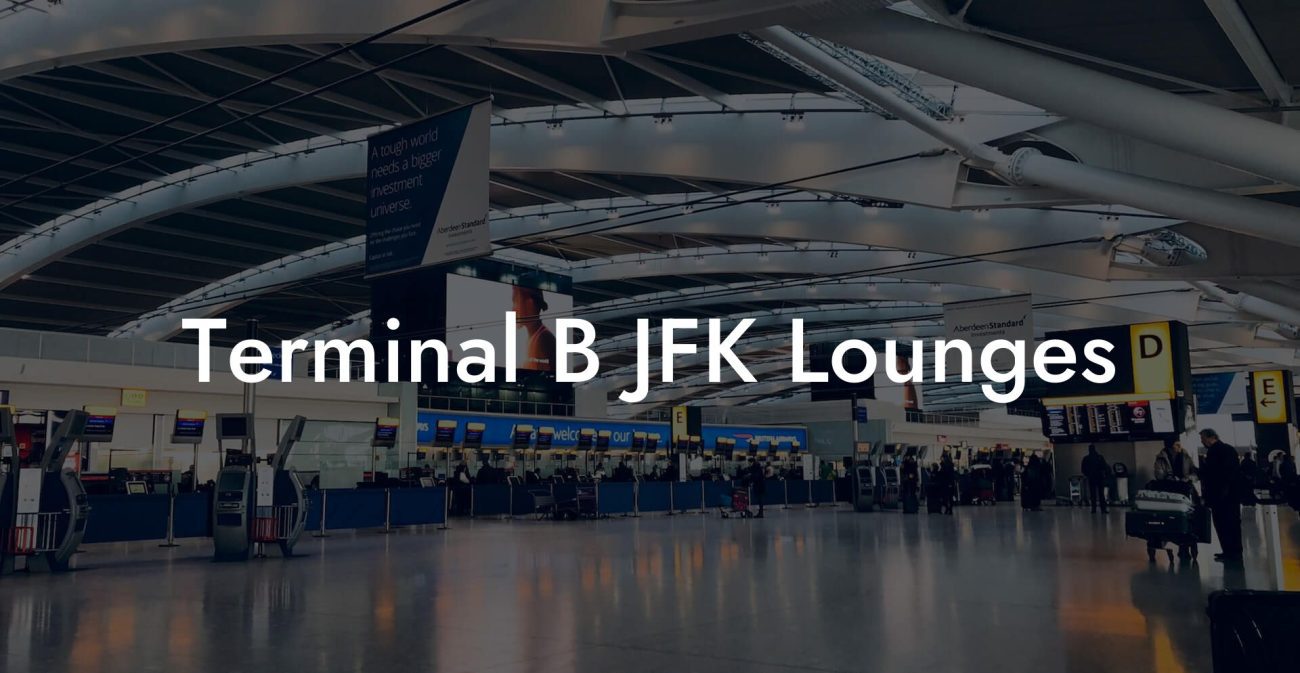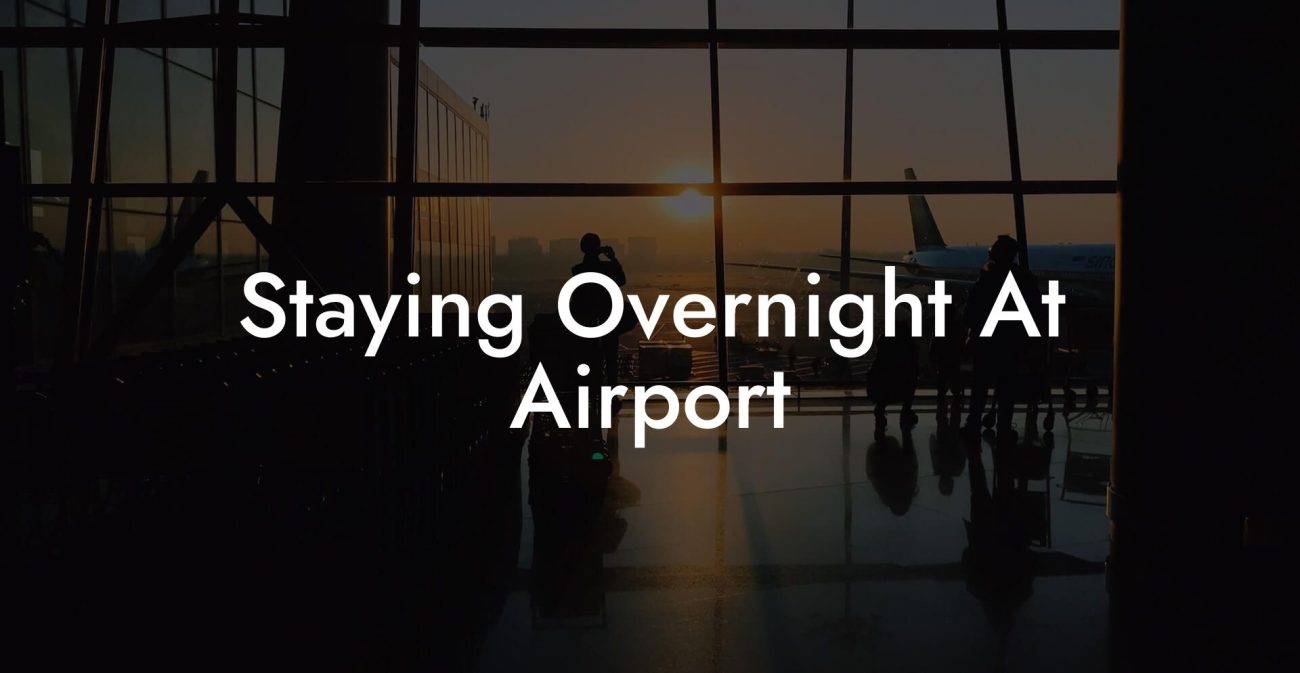Let’s face it: traveling can be exhausting. After long hours of action-packed vacation, a tiring business trip, or the simple stress of flying, there’s no better way to recharge your batteries than a good nap. But what if, out of all the airports around the world, you happen to find yourself in the worst airport to sleep in?
Worst Airport To Sleep In Table of Contents
Manila Ninoy Aquino International Airport (MNL)
Jeddah King Abdulaziz International Airport (JED)
New York John F. Kennedy International Airport (JFK)
In this article, we’ll explore the contenders for the dubious title and dive deep into the factors that make certain airports a living nightmare for travelers in desperate need of rest. Finally, we’ll enlighten you with how our brand, Airport Sleeping Pods, provides weary travelers with a much-needed haven in even the worst airports. Buckle up, and let’s take off on this eye-opening journey!
The Contenders
Over the years, various airports have been branded as being the worst for sleep, due to several factors such as insufficient seating, harassment, and noise levels. Some airports noted for their terrible sleeping experiences include:
1. Manila Ninoy Aquino International Airport (MNL), Philippines
2. Jeddah King Abdulaziz International Airport (JED), Saudi Arabia
3. New York John F. Kennedy International Airport (JFK), USA
Let’s examine these airports and find out why they’re contenders for the title of the “worst airport to sleep in.”
Manila Ninoy Aquino International Airport (MNL)
Manila’s main airport suffers from overcrowding, insufficient seating, and lengthy queues that stretch for hours. It’s common for travelers to sit on the airport’s bare floor as they wait for their flights; finding a comfortable place to sleep or even sit may prove almost impossible. Furthermore, air conditioning systems at MNL do not provide adequate cooling, creating an uncomfortable and sweaty environment.
Jeddah King Abdulaziz International Airport (JED)
Jeddah’s International Airport has received repeated complaints from travelers about disrespectful staff, poor hygiene, and extremely limited seating. The overcrowding is further exacerbated during religious pilgrimage seasons, which makes finding a peaceful and comfortable spot to sleep like searching for a needle in a haystack.
New York John F. Kennedy International Airport (JFK)
JFK’s reputation as one of the worst airports to sleep in shouldn’t come as a surprise. Infamous for its delays, passengers often find themselves stranded at the airport for hours on end. Furniture is scarce; seating is scarce; clean and quiet spots to rest are scarce. Visit JFK, and you’re more likely to end up using your luggage as a pillow than finding a cozy nook for a nap.
Sleeping Pod Oasis in an Airport Dystopia
Now that you’re well-aware of the realities of airport sleeping nightmares, we have a solution for even the worst airport experiences – Airport Sleeping Pods! With our pods situated at various airports worldwide, you can be assured that a rejuvenating sleep is just a reservation away.
Airport Sleeping Pods are designed to provide comfort, privacy, and relief for travelers in need of a refuge from airport chaos. These state-of-the-art sleep spaces are equipped with premium bedding, temperature control, Wi-Fi, charging points for your devices, and even soundproofing to block out airport noise.
Frequently Asked Questions
What factors make an airport the worst for sleeping?
Various factors contribute to an airport being considered unfriendly for sleeping, such as uncomfortable seating, frequent loudspeaker announcements, bright lighting, lack of quiet areas, and sometimes the general level of safety and cleanliness. Additionally, strict airport staff who do not allow overnight stays can further exacerbate the sleep experience.
Are there specific airports known for being particularly bad for sleeping?
Yes, there are a few airports that have consistently received negative feedback from travelers for their sleeping conditions. These tend to change over time with renovations and improvements, but traveller reviews can provide current insights into which airports are best to avoid for sleeping purposes.
Can I plan ahead to avoid having to sleep in a bad airport?
Absolutely! Research is key. Look into the airport’s amenities and reviews from other travelers to gauge whether it’s sleep-friendly. Consider scheduling flights that don’t require an overnight stay or, if a layover is unavoidable, book a room at an airport hotel.
What should I do if I find myself stuck in an airport known for being bad for sleeping?
If you find yourself in this situation, try to locate a better spot, such as near the gates or at a restaurant that’s closed for the night, for more comfortable seating options. Using earplugs, an eye mask, and a travel pillow can also improve your situation. As a last resort, look for airport lounges or hotels within the airport that offer hourly rates.
What are the risks of sleeping in airports?
Risks include theft of belongings, missing your flight due to lack of announcements in the sleeping areas, physical discomfort, and health risks due to cold temperatures or unclean environments. Always keep your belongings secure and set an alarm to wake up well before your flight.
Is it common for people to sleep in airports?
Yes, it is quite common for travelers to sleep in airports due to early departures, late arrivals, unexpected delays, or long layovers. Budget travelers in particular may opt to spend the night in an airport to save money on accommodations.
How can I make my airport sleeping experience more bearable?
Investing in travel comforts like a quality neck pillow, noise-canceling headphones, a sleep mask, and a travel blanket can greatly enhance your ability to rest in an airport. Also, wearing comfortable clothing and staying hydrated can help improve your overall experience.
Is it safe for solo travelers to sleep in airports?
The safety of solo travelers depends on the airport and country. Do your research on the airport’s security measures and designated sleeping zones. Always prioritize your safety, keep your belongings secure, and stay in well-lit, public areas.
Are airport lounges a good alternative for sleeping in airports?
Airport lounges can provide a more comfortable alternative with amenities such as reclining chairs, quiet areas, food, and showers. Some lounges offer day passes or allow access for a fee, which might be worth the cost for a better sleep environment.
Will I be woken up by airport staff if I sleep overnight?
It is possible, especially in airports that are less tolerant of overnight guests. To minimize this risk, understand the airport’s policies on overnight stays, and try to avoid sleeping in high-traffic areas where staff may ask you to move.
What are the best positions or strategies for actually getting some sleep in an airport?
Find a spot against a wall to support your back, recline in a seat without armrests if possible, or lay down on a row of seats. Use your luggage as a makeshift pillow, or to create a barrier for privacy. Consider a sleeping bag or travel mat for additional comfort on hard surfaces.
How do I ensure that my luggage is safe while I sleep in the airport?
Keep your luggage close to you, use it as a pillow or cuddle it. If you’re with a companion, take turns sleeping. Secure your luggage with a lock, and make sure to only carry necessary valuables that you can keep on your person.
What amenities should I look for in an airport if I need to sleep there?
Seek out airports with designated rest zones, reclining chairs, lounges that offer day passes, quiet nooks, showers, and free Wi-Fi. These amenities can make your stay far more comfortable.
What should I do if I’m not allowed to sleep in an airport?
If airport staff inform you that you cannot sleep in the airport, inquire politely about any specific areas where you may be able to rest. If all else fails, you might have to consider booking an airport hotel room or resting in a chair in the terminal until your flight is ready for boarding.
Is it common to charge for sleeping facilities in airports?
While some airports offer free sleeping pods or rest zones, others might charge for more premium facilities like sleep cabins or airport lounges. Fees can vary significantly from airport to airport.
What can I do to improve my privacy while sleeping in an airport?
Privacy can be increased by choosing a corner or less-traveled area of an airport, using a blanket to create a cocoon, or positioning your luggage around you to create a private space. However, always make sure you’re abiding by airport rules and regulations.
What items are prohibited in the sleeping areas of airports?
Generally, items that are prohibited within the airport terminal will also be prohibited in sleeping areas. This usually includes weapons, illegal drugs, and sometimes alcohol. Additionally, large items that obstruct pathways or seating could be restricted.
Can I use sleeping pills or sleep aids in airports?
Although you can use sleeping aids, it’s advised to exercise caution as they can make you less alert and more susceptible to theft or missing your flight. If you choose to use sleeping pills, make sure you time them appropriately so as not to oversleep.
How does the airport environment affect sleep quality?
The airport environment can significantly impact sleep quality due to noise, light, temperature, and traffic flow. Utilizing earplugs, eye masks, and warm clothing or blankets can help mitigate these factors and improve your chances of getting quality rest.
Why don’t airports offer better facilities for sleeping?
Airports are primarily designed for transiting passengers rather than accommodating sleep. However, this perspective is changing, and many airports are now integrating better facilities for rest due to passenger demand. Budget constraints and space limitations also impact the provision of such facilities.
What are some tips for staying warm while sleeping in an airport?
To stay warm, wear layers of clothing, use a travel blanket or sleeping bag, and position yourself in areas away from drafts or vents. Some travelers also recommend warm clothing such as jackets, sweaters, and socks designed for travel or outdoor activities.
Finding yourself in the worst airport to sleep in can be a daunting experience, but with solutions like Airport Sleeping Pods, you can now look forward to a comfortable and restful sleep regardless of the state of the airport you happen to be in. Now that you know the secrets to finding a good sleep haven in any airport, don’t forget to share this informative post with your fellow travelers, and explore our other articles for more comprehensive guides on all things Airport Sleeping Pods.
Happy travels, and sweet dreams!

